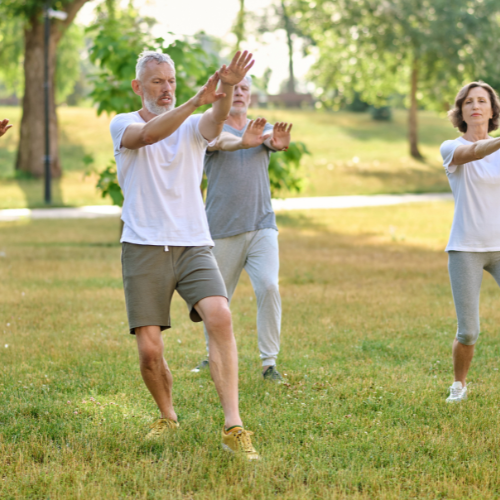The Limitations of Scientific Methods and Conditional Assumptions
As a former researcher, I deeply understand that the foundation of scientific experiments is rooted in Western logical thinking. The methodology of mathematical logic emphasizes step-by-step reasoning based on facts and conditions to reach conclusions. However, it is crucial to note that the conclusions derived from this method are not equivalent to the truth. Their correctness depends on two key factors: the accuracy of the conditions and the validity of the reasoning process. Among these, the conditions play a critical role.
In my research experience, computer simulations were commonly used tools. Simulation involves simplifying reality into certain conditions and then performing logical reasoning. The reliability of the conclusions entirely depends on how well the simulation aligns with real-world scenarios. In other words, the conditions set largely determine the conclusions. In non-biological sciences, this principle has laid the foundation for modern technological progress. However, when it comes to exploring the truths of life and health, the limitations of this methodology become apparent.
The variability among living beings is immense, and while establishing unified conditions might be scientifically sound, it often diverges from reality. For example, some drugs developed following rigorous scientific methodologies during their research phases have resulted in catastrophic outcomes upon widespread application. Notable historical examples include the “thalidomide tragedy” (1950s-60s, where thalidomide caused severe birth defects in thousands of newborns) and the “phen-fen case” (1980s, where weight-loss drugs based on phenylpropanolamine led to heart disease and other serious side effects). These examples demonstrate that scientific methodologies are not omnipotent in the realm of life sciences.
Why TCM Struggles to Pass Double-Blind Tests
Traditional Chinese Medicine (TCM) employs a fundamentally different worldview to approach disease and treatment. In TCM, individuals are not merely simplified into units labeled with a specific Western disease name but are seen as complex, holistic systems. For instance, acupuncture for lumbar sprains is a TCM treatment relatively recognized in the West. If experimental conditions reduce the complexity of patients to the single label of “lumbar sprain,” many critical therapeutic factors are overlooked.
Lumbar sprains might involve meridians such as the Taiyang, Yangming, Shaoyang, Du, or Shaoyin, with each meridian exhibiting varying degrees of damage and impact. Additionally, patients might suffer from conditions like blood stasis, phlegm retention, or kidney deficiency, each requiring distinct treatments. TCM selects acupuncture points based on these individualized factors. However, in double-blind studies, if only a few points along the Du meridian are selected, patients whose conditions do not involve the Du meridian will not benefit.
Moreover, even when conditions are refined to a single meridian, the efficacy of acupuncture is influenced by patients’ sensitivity to points and the practitioner’s technical precision. Such complexities make it difficult for TCM to identify sufficiently homogeneous samples in double-blind studies, rendering universally valid conclusions nearly impossible.
While studies on acupuncture for pain are relatively feasible due to fewer variables and more controllable conditions, my analysis reveals that even in such cases, applying Western methodologies to validate TCM efficacy has significant limitations. In more complex internal medicine treatments, where TCM emphasizes “one diagnosis per person” based on individualized pathogenesis, using Western methodologies becomes an almost insurmountable task.
Two Pathways of Human Wisdom
Many critics attack TCM’s validity, citing its inability to pass double-blind tests, while some TCM practitioners attempt to prove its scientific nature through such tests. This approach is a dead end. Double-blind studies are built on Western logic and scientific methods, which TCM does not conform to, but this does not imply that TCM is invalid.
At one point, the well-established TCM system, with its millennia of history and countless cases of effective treatments that saved lives, lost its brilliance due to its inability to conform to double-blind testing. This contradicts the spirit of exploration and curiosity that underpins science itself.
Human history reveals that, besides Western science, there is also Eastern wisdom, each exploring the truths of the world in its unique way. Western science emphasizes objectivity, measurability, and logical deduction, while TCM focuses on holism, dynamic balance, and individualized experience. Both methodologies have their limitations and their value.
As humans, we are inherently limited in our perspectives. Why, then, should we abandon the embrace of another equally profound system of wisdom? TCM is not merely a treatment system; it is a unique understanding of the essence of life. We should approach it with an open mind, respecting and accepting diverse paths to truth.
Conclusion
I want to say that Eastern and Western wisdom each explores the truths of the human world through its methods. As humans, we are inevitably bound to this earth, and our minds, as biological entities, have inherent limitations. Why would we willingly forgo embracing another equally great system of human wisdom?
If we can acknowledge that humanity’s understanding of truth has never been singular but is inherently diverse, should we not approach TCM’s revelations about life with greater humility and curiosity? After all, whether Western science or Eastern wisdom, their ultimate goal is to offer more possibilities for human health, not to oppose each other.
Published @January 12, 2025 | Author Max Ma | TCMDrMa All Rights Reserved


















When Will You Consider Turning to Holistic Chinese Medicine?
The Direction Pointed by Traditional Chinese Medicine Classics
When faced with health challenges, do you choose the easy mode or the hard mode?
How does TCM clear bad obsessions?
Treatment Insight: Exploring Far and Near Perspectives
My TCM Lineage and Treatment Specialties – Pain Management Part
Talk about how to prevent rheumatoid arthritis from daily habits
Signals of disease improvement that should not be ignored
Care of children after being vaccinated against COVID-19
What are the prevention and treatment misunderstandings that should be avoided under the New Zealand Covid-19 pandemic?
Talking about the Side Effects of COVID-19 Vaccine from the Perspective of Traditional Chinese Medicine